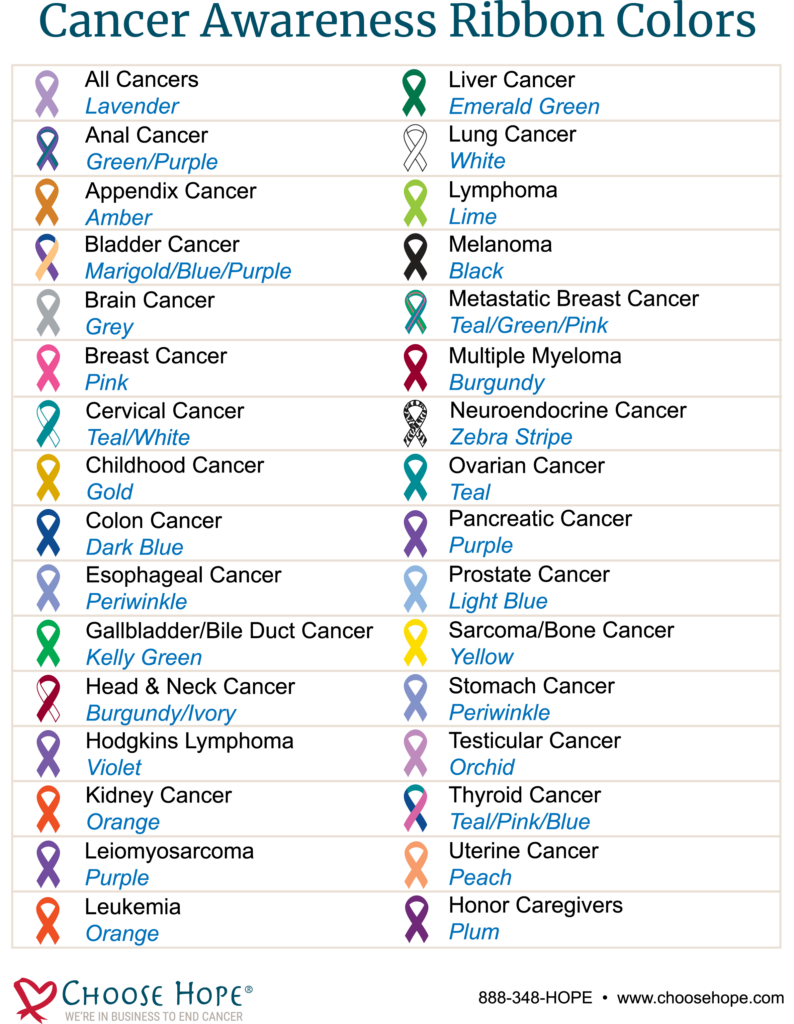Little Black Dots: Symptoms And Treatment Options
The appearance of little black dots on the skin can be a source of concern for many individuals. These dots, which are often referred to as hyperpigmentation or skin spots, can be caused by a variety of factors, including sun exposure, aging, and certain medical conditions. In this article, we will delve into the symptoms and treatment options available for little black dots, providing a comprehensive overview of this common skin issue.
Understanding the Causes
Before exploring the symptoms and treatment options, it is essential to understand the causes of little black dots. Some of the most common causes include:
- Sun exposure: Prolonged exposure to the sun’s ultraviolet (UV) rays can cause the skin to produce more melanin, leading to the formation of dark spots.
- Aging: As we age, our skin’s natural ability to regenerate itself slows down, leading to the accumulation of melanin and the formation of age spots.
- Hormonal changes: Hormonal fluctuations during pregnancy, menopause, or thyroid disorders can cause an increase in melanin production, leading to hyperpigmentation.
- Inflammation: Inflammatory conditions such as acne, eczema, or psoriasis can cause post-inflammatory hyperpigmentation (PIH), leading to the formation of dark spots.
Symptoms
The symptoms of little black dots can vary depending on the underlying cause. Some common symptoms include:
- Discoloration: The appearance of small, dark spots on the skin, which can be flat or raised.
- Texture: The skin may feel rough or uneven in the affected area.
- Size: The size of the dots can vary, ranging from tiny freckles to larger patches of discoloration.
- Location: The dots can appear anywhere on the body, but are most commonly found on the face, hands, and arms.
Treatment Options
Fortunately, there are several treatment options available for little black dots. Some of the most effective treatments include:
- Topical creams: Creams containing ingredients such as hydroquinone, retinoids, or vitamin C can help to lighten the skin and reduce the appearance of dark spots.
- Chemical peels: A chemical peel can help to remove the top layers of the skin, revealing brighter, more even-toned skin.
- Microdermabrasion: This non-invasive exfoliating treatment can help to remove dead skin cells and promote cell turnover, reducing the appearance of fine lines and hyperpigmentation.
- Laser therapy: Laser therapy can help to target and reduce the appearance of dark spots, using high-intensity light to break up the melanin.
Prevention
While treatment options are available, prevention is always the best course of action. To reduce the appearance of little black dots, it’s essential to:
- Use sunscreen: Apply a broad-spectrum sunscreen with at least SPF 30 daily, even on cloudy days.
- Wear protective clothing: Wear clothing that covers the skin, such as a hat and long-sleeved shirt, when spending time outdoors.
- Avoid picking or scratching: Refrain from picking or scratching the skin, as this can lead to inflammation and post-inflammatory hyperpigmentation.
- Maintain a healthy lifestyle: Eat a balanced diet rich in fruits, vegetables, and whole grains, and stay hydrated by drinking plenty of water.
FAQ Section
What are the most common causes of little black dots on the skin?
+The most common causes of little black dots on the skin include sun exposure, aging, hormonal changes, and inflammation. These factors can cause an increase in melanin production, leading to the formation of dark spots.
How can I prevent little black dots from forming on my skin?
+To prevent little black dots from forming on your skin, it's essential to use sunscreen daily, wear protective clothing, avoid picking or scratching the skin, and maintain a healthy lifestyle. By taking these steps, you can reduce the appearance of dark spots and promote healthy, even-toned skin.
What are the most effective treatment options for little black dots?
+The most effective treatment options for little black dots include topical creams, chemical peels, microdermabrasion, and laser therapy. These treatments can help to lighten the skin, reduce the appearance of dark spots, and promote cell turnover.
In conclusion, little black dots on the skin can be a source of concern, but there are several treatment options available to reduce their appearance. By understanding the causes, symptoms, and treatment options, individuals can take the first step towards promoting healthy, even-toned skin. Remember to always consult with a dermatologist before starting any new treatment, and don’t hesitate to reach out if you have any further questions or concerns.



